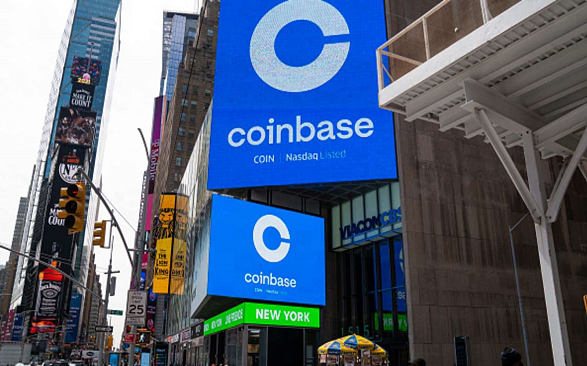By Jude Ayua
Coinbase has announced it will delist certain stablecoins in the European Economic Area (EEA) by the end of 2024, Reuters reported recently. This decision is due to anticipated tougher regulation in the European Union (EU) region.
The EU’s crypto regulatory framework, the Markets in Crypto-Assets (MiCA) regulation, introduced in early 2023, is anticipated to be fully implemented by December 2024. The regulation requires stablecoins issuers to meet strict transparency, liquidity, and consumer protection standards.
“Given our commitment to compliance, we intend to restrict the provision of services to EEA users in connection with stablecoins that do not meet the MiCA requirements by December 30, 2024,” Coinbase stated in an email according to the Reuters’ report.
Coinbase plans to offer its impacted customers the option to switch to other authorized issuers in the region. Tether’s USDT may likely be one of the stablecoins that will be axed by the exchange.
Compliance is key
Coinbase’s decision to delist stablecoins in the EEA demonstrates its willingness to comply with regulations that aim to protect investors. It is vital for digital assets operators, including crypto-trading platforms, to be compliant with applicable regulations in the countries or regions they operate. Compliance enables operators to maintain their legal status to operate, avoid sanctions for noncompliance, maintain their reputation and public trust.
Read also: eToro and US SEC settlement: Takeaways for digital assets operators.
The negative side of regulations
Coinbase has taken an exemplary step by making plans to fully comply with the MiCA regulation’s requirements for stablecoin issuers. Conversely, this example also illustrates the negative side of crypto assets regulation. Tough regulations can potentially affect the survival of businesses in the industry.
Read also: Stablecoins for stable markets: Why regulators should put market stability first.
The cryptocurrency industry is being subjected to strict regulations worldwide. Stablecoin regulation particularly has been a subject of debate since 2021. As an asset whose value is backed by fiat currencies, the MiCA regulation requires stablecoin issuers to show proof of liquidity among other requirements. While this requirement aims to protect investors, it also poses a challenge for stablecoin issuers. Those who do not meet the requirement, such as Coinbase, will be forced to exit the market.
Regulators should balance consumer protection and compliance with encouraging businesses to thrive. They should encourage innovation and growth in the industry.
Discover more from Crypto Asset Buyer
Subscribe to get the latest posts sent to your email.




